Table of Contents
ToggleWhat comes to mind when you hear ‘Japanese Games’? Most likely you’ll think of video games before anything else, but there are a number of analogue games unique to Japan well worth learning about.
Games in Japan
Like anywhere else in the world before the arrival of electronic entertainment, play has been a vital part of Japanese culture for millennia. Whether physically challenging like kendama, or mentally like shogi, there is no shortage of Japanese games to try for those with some free time.
Free time is an important keyword, since despite Japanese games booming as early as the Heian Period, which lasted from 794 to 1185, leisure time was hard to come by for ordinary people. In contrast, court nobles had practically too much time, making play not only an enjoyable pastime but also effectively something that could affect court standing.
Imports & Originals
The Heian Period was a time at which Japan was slowly moving away from its strong ties to China, focusing instead on creating its own distinct culture. This meant that while some of these games have a Chinese origin, they slowly took on more Japanese traits over generations. European card games were also eventually adapted, although not until several centuries later.
With the advent of radio, TV and computers, traditional Japanese games have lost popularity over time, but a select few remain fairly popular with both young and old players. Let’s have a look at some of them.
Interested in learning more about Japanese culture while eating your way through all the country has to offer? Sakuraco sends authentic Japanese snacks, sweets, teas, and tableware straight from Japanese local makers right to your door! Complete with a 24 page snack and culture guide.
Japanese Children’s Games
Koma

A fairly universal toy, koma are basically spinning tops. They do differ from the European kind however as they are not set in motion by fingers, but rather a piece of string tightly wound around their base.
Koma were already popular with Heian nobles, and over time took on many different shapes. Besides koma with built in gimmicks such as whistling, they were and are also used for beigoma, a game in which koma are pitched to battle each other in an arena just like wrestlers.
Beigoma also gave birth to a popular series of toys and animated series called Beyblade that still continues today.
Kendama
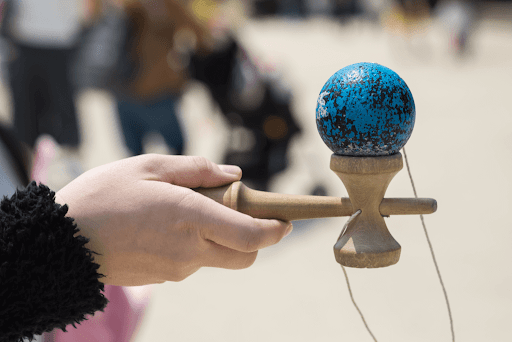
Recently making waves overseas is a wooden Japanese toy called kendama. Its history is much younger than that of koma, but nowadays it wins the popularity contest. Kendama is most likely based on a similar French game that found its way to Japan via China roughly 200 years ago.
While calling it ‘cup and ball’ wouldn’t quite be accurate, it’s not far off. A wooden ball is attached to a main body via string, which features three cups and one spike to catch the ball. Literally translating to ‘swordball’, kendama is still extremely popular, with both children and adults. Hundreds of elaborate move sets have been created and players will face off at tournaments.
Japanese Board Games
Go
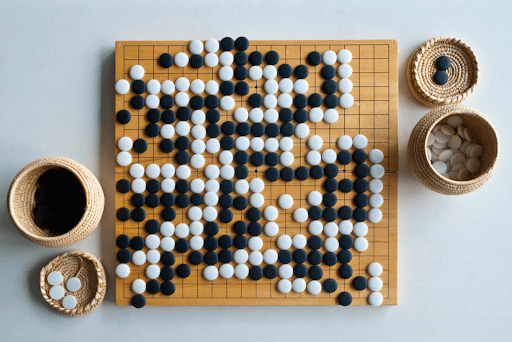
Regarded by some as the world’s oldest game, go is perhaps the most recognizable of Japanese traditional games. Its exact origins are unknown, but it first appeared in China, with most scholars suspecting a history of at least 3000 years. Nowadays it is popular in Japan, Korea and China.
Go’s appeal lies in the simplicity of its rules, which allow players to use an almost endless amount of strategies. Played on a square board with a grid layout similar to chess, a pair of players must try to encircle their opponent’s stones and occupy most space on the board.
What is simple in principle takes a long time to truly master, meaning there is a thriving scene of tutors and schools offering their services to players. Professional Go players exist and can earn a substantial amount of money.
Shogi
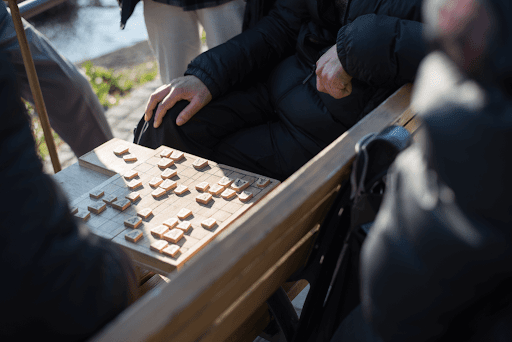
Often labeled ‘Japanese chess’, the two games do in fact share many similarities. The goal of shogi is to capture the opponent’s king, with pieces laid out on the square grid board much the same way as chess. Certain pieces also move in the same ways, but there are also enough significant differences to make the learning process frustrating for any seasoned chess player.
Unlike chess for example, shogi pieces can be ‘captured’ and make their way back onto the board. They can also be ‘promoted’, making overall play more fluid. Shogi reflects tactics and strategies of the samurai world, making it a popular game of their time.
As with go, shogi is a difficult game to master. Although on the decline overall, there is still a substantial amount of players, and their number is larger than that of go, at least within Japan.
Japanese Card Games
Hanafuda

These ‘flower cards’ as they literally translate are somewhat recognizable in the West, due to Nintendo, one of Japan’s largest video game companies, having a history of manufacturing them. Hanafuda is an original deck of cards based originally on a Portuguese card game that found its way to Japan in the 16th century.
Japan was closed to the outside world at the time, with what little international trade that took place highly scrutinized by the ruling shoguns. This meant that the game went through many modifications to escape attempts of banning it to fight gambling.
The final version of hanafuda cards has 48 cards, with no numbers. Cards are visually divided into sets for each of the twelve months, with different motifs borrowed from nature, such as seasonal plants and animals.
The colorful cards give off an air of purity, but in fact were indeed popular with illegal gamblers. Just like with the European card deck, hanafuda cards can be used in different ways, with the popular way of playing called ’koi koi’, a game somewhat similar to poker where sets are collected to earn points.
In part due to the association with gambling, hanafuda cards have lost a lot of their popularity, with the European card deck a strong competitor. They are still produced however, with Nintendo still the biggest player in the game.
Hyakunin Isshu
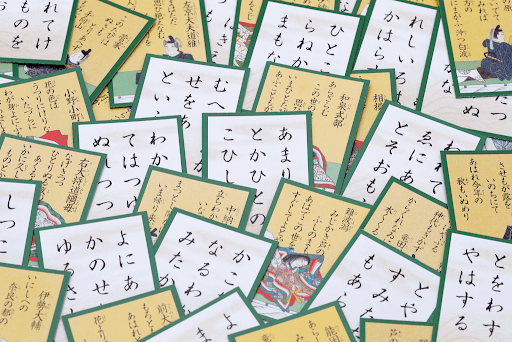
A rather unique way of combining card games with poetry, hyakunin isshu requires players to be familiar with an extensive amount of a particular form of classic Japanese short poetry, called waka.
Played with two decks of cards, this game requires a reader and two players. One deck contains the beginning of a poem, while the other will contain a matching card with the end of it. Players sit facing each other, with the cards laid out on the flooring in front of them. The player who finds the corresponding card the fastest, wins the turn. Devoted players can do this in a split second, making it a somewhat action packed game.
With interest in waka poetry dwindling however, this card game has very few devoted players left and has developed into somewhat of a curiosity.
These examples are just the tip of the iceberg of Japanese games, with many more worth exploring. The Heian period in particular offers plenty more unique games that were popular amongst court nobles, but have since faded into obscurity. Kemari, a kind of hacky sack game, or monoawase, essentially a game of matching objects in a show-and-tell format.
Have you encountered any of these games? Would you be interested in any of them? Let us know below in the comments.

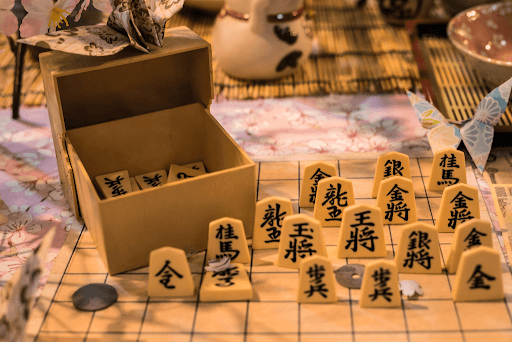



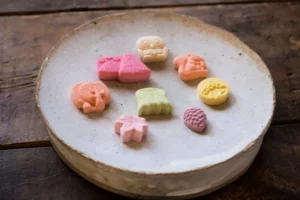
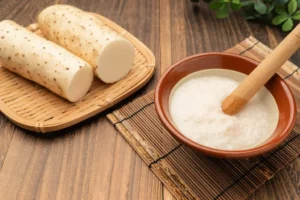
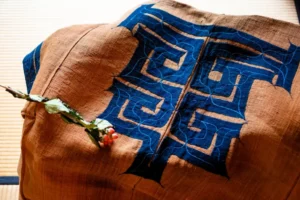



2 Responses
Great article! I’ve been learning to play koi koi via computer game. I’ve tried teaching a couple of people how to play it. It’s fun!
I have a deck of hanafuda cards but I can never seem to remember the rules. Could use a non-confusing translation!